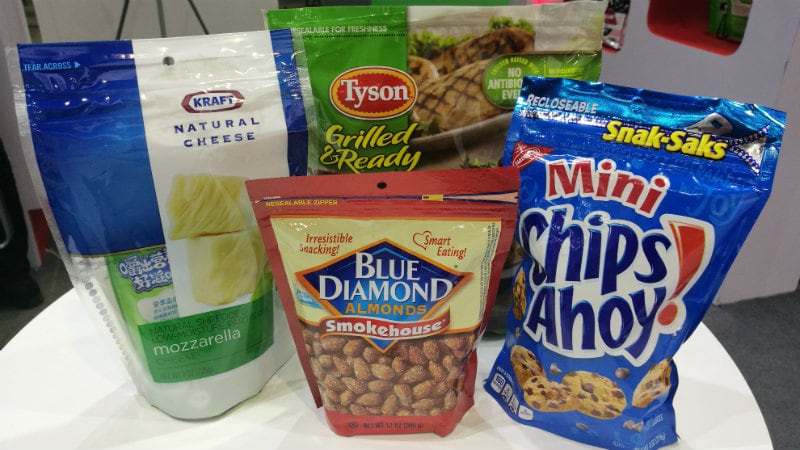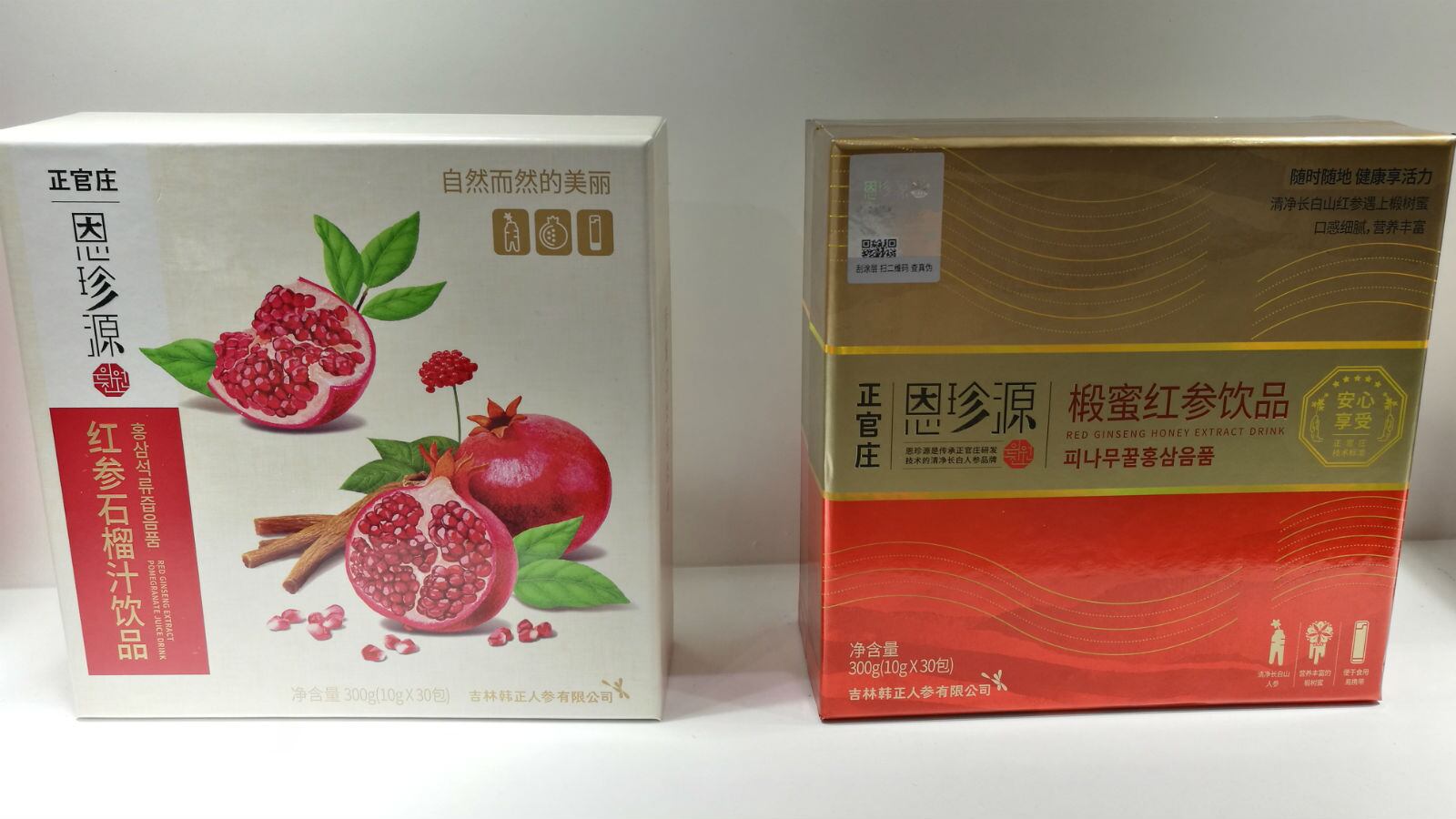“A packaging’s zipper may be small, but it has very widespread effects,” Zip Pak Business Manager China Tracy Wang told FoodNavigator-Asia at the Propak China 2019 show in Shanghai.
“The main advantage of a resealable packaging zipper is to allow the convenient reuse of a package, which will also keep food items fresh for much longer.”
“In terms of the senses, [this is also related to effective product use], where we have done R&D and produced a new type of zipper that can click and provide a tactile sensation to users when it is closed – this makes it easier to use, where before zippers used to be too narrow for easy closure.”
Another sensory aspect that the company has been focused on is that of smell, with the launch of scented zippers which can embed ‘virtually any desired aroma’ into the zipper during the manufacturing process, and are expected to add to the appeal of items such as coffee, tea, or candy.
Zip Pak, which is headquartered in the United States, claims to not only be a global leader but also a pioneer of the resealable packaging zipper. It boasts clients such as Nestle, Kraft, Mars, Tyson, Blue Diamond, CP Foods and more.
“Zip Pak products are used in over 56 countries, and in the Asia Pacific region so far we have focused on China, Korea, Japan and Thailand - one of the main target markets we are looking to enter moving forward is South East Asia, where there is a high demand and requirement for such zippers.”
Of note is the fact that although resealable zippers already see widespread use in food products, such as for Big Foot’s Himalayan Salt Candy, these are not affiliated with Zip Pak.
“[To us], the South East Asian market [for high quality resealable zippers] is not yet developed.”
Product variants
Amongst Zip Pak’s 200+ zipper varieties, many have been developed according to functionality-related needs.
These include powder-proof zippers, liquid-proof zippers, air-tight zippers, pour-and-lock zippers, child-deterrent zippers and more.
“Powder-proof zippers were developed specially to deal with [items like coffee or cocoa powder] where the powder would keep going into and jamming up the packaging zipper,” said Wang.
“Our design has holes in the track, so as to let the powder out and prevent this jamming.”
Although the common press-to-close variant remains the most popular one in China, she added that the child-deterrent variant and pour-locked variant were also rising in popularity.
“The child-deterrent zipper requires more strength to press and open, hence prevents children from getting access to items they should not be exposed to [e.g. those high in caffeine or with alcohol content],” she explained.
The pour-and-lock zipper is only installed on one end of the packaging, so as to increase pouring convenience for small-sized items like seeds and nuts, as well as to save manufacturer costs.





